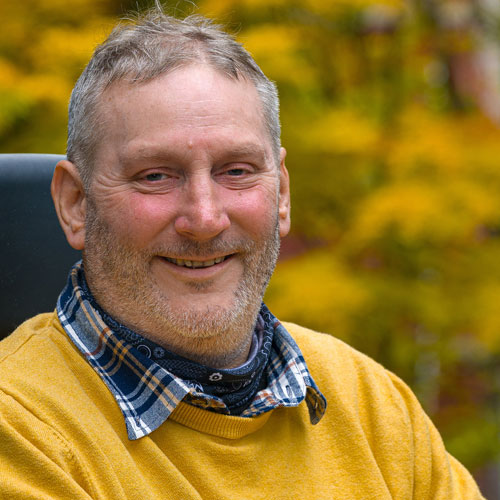Simple and effective techniques to help anyone embrace the benefits of meditation
Introduction
Meditation can seem like a daunting practice, particularly for those who believe they cannot meditate due to their busy minds. However, with the right approach and guidance, even beginners can experience the transformative benefits of meditation. In this article, we will introduce two simple meditation techniques – one focused on the breath and another on visualization – that are easy to follow and perfect for those new to the practice. We will also discuss some common pitfalls beginners may encounter and provide helpful advice on how to overcome them.
“The mind is everything. What you think you become.”
Buddha
Things to be aware of that will happen
Pitfall #1: Becoming frustrated with a wandering mind
Solution: Remember that it is natural for the mind to wander during meditation. When you notice your thoughts drifting, gently and non-judgmentally bring your focus back to your breath or visualization. Over time, you will develop greater mental clarity and focus.
Pitfall #2: You will become aware of how much you think
Solution: One of the first things you will notice is quite how much you think. Suddenly you realise your thoughts keep coming one after the other. It’s called busy mind, and it is perfectly normal. We know we have an overthinking mind; we just don’t realise quite how much until we sit down and become aware of it. It’s normal.
Pitfall #3: Worrying about your progress
Solution: Your mind will start to wonder about your progress. How am I doing? How is my posture? Is this working? They are all sensible questions at the right time. For now, just smile and return to your breath or the visualisation. Remember, we are keeping it simple.
Breath-focused Meditation
Breath-focused meditation is an excellent starting point for beginners, as it is a simple and accessible technique that helps cultivate mindfulness and mental clarity.
- Find a comfortable place to sit or lie down. Ensure your posture allows you to remain alert, yet relaxed.
- Close your eyes gently and take a few deep breaths, allowing your body to relax.
- Shift your attention to your natural breathing pattern. Observe the sensation of your breath as it flows in and out of your nostrils or the rise and fall of your chest.
- When your mind wanders, gently bring your focus back to your breath without judgment.
- Continue this practice for 5-10 minutes, gradually increasing the duration as you become more comfortable.
Peace comes from within. Do not seek it without.
Buddha
Visualization Meditation
Visualization meditation allows you to create a peaceful and calming mental space, providing a refuge from the chaos of a busy mind.
- Find a comfortable place to sit or lie down, ensuring your posture is both alert and relaxed.
- Close your eyes gently and take a few deep breaths, allowing your body to relax.
- Imagine a peaceful, natural setting that brings you a sense of tranquility and calm – this could be a beach, forest, or mountain meadow.
- Visualize yourself in this serene environment, taking in the sights, sounds, and sensations that surround you. Allow yourself to fully experience the beauty and serenity of this place.
- If your mind wanders, gently bring your focus back to your peaceful surroundings without judgment.
- Continue this practice for 5-10 minutes, gradually increasing the duration as you become more comfortable.
Conclusion
Meditation is a powerful and accessible practice that can benefit anyone, regardless of their mental state or experience level. By incorporating simple techniques like breath-focused and visualization meditation, even those with busy minds can begin to experience the peace, clarity, and emotional balance that meditation offers. As Jon Kabat-Zinn once said, “Meditation is the only intentional, systematic human activity which at bottom is about not trying to improve yourself or get anywhere else, but simply to realize where you already are.” Embrace the journey and let meditation become an integral part of your daily routine, allowing you to cultivate a deeper sense of presence and well-being in your life.

